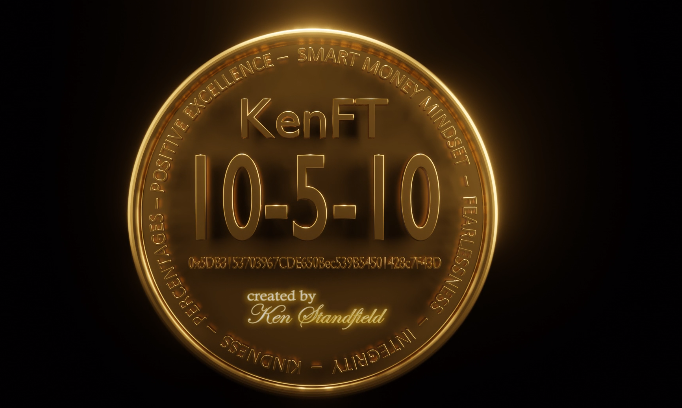Key information:
-
Trading volumes on each exchanges have elevated.
-
“Activity on centralized exchanges is like a black box,” says Kaiko.
A report from cryptocurrency information analytics agency Kaiko, printed on October 12, particulars suspicious exercise on the HTX exchange.
This exercise happens on the similar time that Huobi modified its title to HTXwith the letters representing Huobi Tron Exchange.
It specifies that the weird HTX exercise they’ve detected is in numerous areas: its relationship with the Poloniex exchange, its trading volumes, its Tether (USDT) – USD Coin (USDC) pair and transactions with Binance.
First, it introduces that not like different common cryptocurrency exchanges, Poloniex by no means surpassed its highest month-to-month quantity figures set through the 2017 frenzy of practically $30 billion. However, it has lately recorded sturdy exercise on its platform, in opposition to the market wind.
In August 2023, one of the bottom quantity months since 2020 for many exchanges, Poloniex recorded $20 billion in quantity. Kaiko warns that this enhance didn’t coincide with any main adjustments that would affect trading quantity to such an extent as, for instance, the elimination of trading commissions from main pairs similar to bitcoin (BTC) – USDT.
The evaluation agency additionally signifies that, within the final 5 days, The STT token, which isn’t listed on different centralized exchanges, has seen a trading quantity of USD 25 million on Poloniex. (*5*) he mentioned.
Kaiko relates this to HTX as a result of its market dominance noticed a pointy enhance across the similar time Poloniex’s trading quantity elevated.
HTX went on to dominate 20% of world CEX trading
HTX’s dominance of world trading quantity on centralized exchanges (CEX) skyrocketed from 4% to nearly 20% between July and August, because the graph beneath reveals. Like Poloniex, (*4*) Kaiko highlighted.
According to your information, this has been brought on by a robust internet promoting of USDT for USDC, equal to USD 350 million since July. “What is most striking is how consistent this trend has been,” Kaiko mentioned. There have solely been just a few temporary disruptions to the sale, every lasting lower than 24 hours.
He indicated that two HTX-linked wallets have transferred nearly $400 million USDC to the Binance exchange because the starting of July. The first stopped transferring on September 24 and was rapidly changed by the second.
In flip, the agency says that small altcoins had been accountable for a good portion of HTX’s quantity enhance, rising from $1.4 billion the week of July 3 to $3.4 billion the next week. The largest altcoins went from a weekly quantity of $500 million to $2.5 billion simply two weeks later. Meanwhile, BTC and ether (ETH) quantity remained roughly the identical.
The last potential piece of the puzzle, Kaiko says, comes from a report by analytics agency ChainArgos which claims that (*2*) The stUSDT token is the one obtained by customers who stake within the JustLend ecosystem.
(*1*)
Kaiko, cryptocurrency market information and evaluation firm.
The evaluation firm additionally recalled that in July it had reported uncommon exercise in HTX for the primary timeafter detecting clusters of matching purchases and gross sales of WLD (WorldCoin) shortly after it was listed.
(*3*) he maintained.
In conclusion, he maintains that even after power regulatory measures by jurisdictions around the globe—measures which are often reported by CriptoNoticias— There are nonetheless massive swaths of the market which are poorly regulated.
“While on-chain activity can be tracked, activity on centralized exchanges remains a kind of black box,” he emphasizes. Therefore, he believes it’s needed to mix many sorts of information to establish a extra full image of what is going on on these exchanges.











